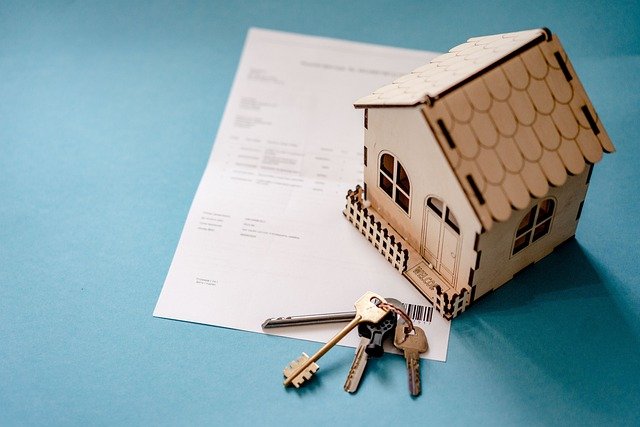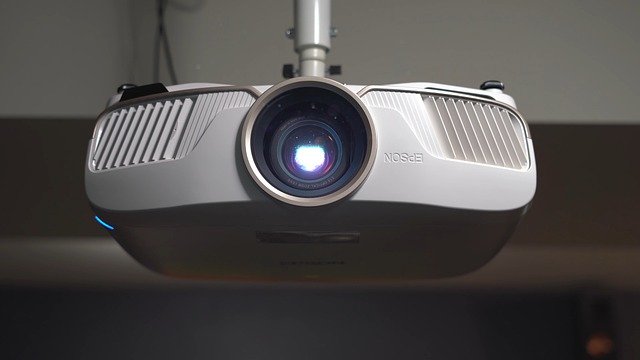Rent to Own Homes: A Comprehensive Guide to Alternative Homeownership
Rent to own homes, also known as lease-option agreements, offer an alternative path to homeownership for those who may not qualify for traditional mortgages. This unique arrangement allows potential buyers to rent a property with the option to purchase it at a later date. As the housing market continues to evolve, rent to own homes have gained popularity among both buyers and sellers, providing flexibility and opportunities in the real estate landscape.

The lease period usually lasts between one to three years, during which the tenant has the exclusive right to purchase the property at a predetermined price. This can be advantageous if property values increase during the rental period, as the tenant may be able to buy the home for less than its market value.
What Are the Benefits of Rent to Own?
Rent to own arrangements offer several advantages for both potential buyers and property owners. For buyers, it provides an opportunity to work towards homeownership while improving their financial situation. This can be particularly helpful for those with less-than-perfect credit scores or insufficient savings for a traditional down payment.
Sellers benefit from a steady income stream and the potential for a future sale, which can be especially attractive in slow real estate markets. Additionally, tenants in rent to own situations often take better care of the property, as they view it as their future home rather than a temporary rental.
What Are the Potential Risks?
While rent to own can be a viable path to homeownership, it’s not without risks. Tenants should be aware that they may forfeit any extra payments or option fees if they ultimately decide not to purchase the property. Additionally, if the housing market declines, the tenant may be obligated to pay more than the home’s current market value.
For sellers, there’s always the possibility that the tenant may not follow through with the purchase, potentially leaving them with a property that’s been off the market for an extended period. It’s crucial for both parties to thoroughly understand the terms of the agreement and consider potential scenarios before committing to a rent to own arrangement.
How to Find Rent to Own Properties
Finding rent to own properties requires a bit more effort than traditional rentals or purchases. Many real estate websites now include filters for rent to own listings, making it easier to search for these opportunities online. Local real estate agents can also be valuable resources, as they may have knowledge of property owners interested in rent to own arrangements.
Another approach is to identify properties that have been on the market for an extended period and inquire whether the owner would consider a rent to own agreement. This can be particularly effective in markets with high inventory or during economic downturns when sellers may be more open to alternative arrangements.
What Should Be Included in a Rent to Own Agreement?
A well-structured rent to own agreement is crucial for protecting the interests of both the tenant-buyer and the property owner. Key elements that should be clearly outlined in the contract include:
-
Purchase price or method for determining the future purchase price
-
Length of the lease term and option period
-
Amount of monthly rent and how much (if any) goes towards the purchase
-
Option fee amount and whether it’s refundable
-
Maintenance responsibilities during the lease period
-
Conditions for terminating the agreement
-
Consequences if the tenant-buyer decides not to purchase
It’s highly recommended that both parties seek legal advice to ensure the agreement is fair and legally binding.
How Does Financing Work for Rent to Own Homes?
| Aspect | Traditional Mortgage | Rent to Own |
|---|---|---|
| Down Payment | Required upfront | Built up over time through rent credits |
| Credit Score | Typically needs to be good to excellent | Can be lower, with time to improve |
| Loan Approval | Required before purchase | Can work on qualifying during lease period |
| Interest Rates | Fixed at time of purchase | May fluctuate, locked in at time of purchase |
| Property Value | Assessed at time of purchase | Agreed upon in advance, may differ from future market value |
Prices, rates, or cost estimates mentioned in this article are based on the latest available information but may change over time. Independent research is advised before making financial decisions.
Financing for rent to own homes differs from traditional mortgages in several ways. During the lease period, the tenant-buyer typically doesn’t need to secure a mortgage. However, they should use this time to improve their credit score and save for a down payment if needed.
When the option period ends and the tenant decides to purchase the home, they’ll need to qualify for a mortgage unless they can buy the property outright. The rent credits accumulated during the lease period can often be applied towards the down payment or closing costs, potentially making it easier to secure financing.
It’s important to note that mortgage rates and qualification criteria may change during the lease period, which could affect the tenant-buyer’s ability to purchase the home. Working with a mortgage professional early in the process can help prepare for a successful transition from renter to homeowner.
Rent to own homes offer a unique pathway to homeownership, blending elements of renting and buying. While this arrangement can provide opportunities for those facing challenges in the traditional home-buying process, it’s essential to approach it with careful consideration and thorough understanding. By weighing the pros and cons and seeking professional advice, potential buyers can determine if a rent to own agreement aligns with their long-term housing goals and financial situation.






